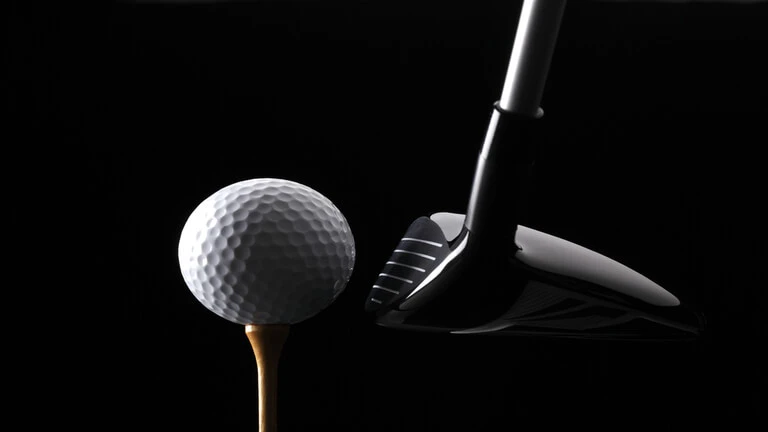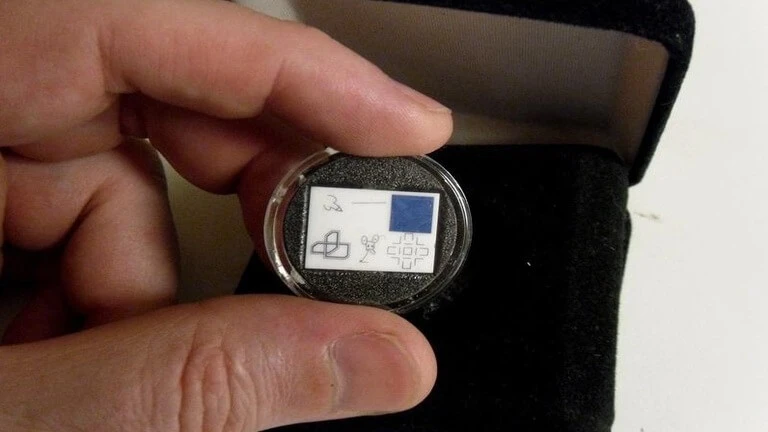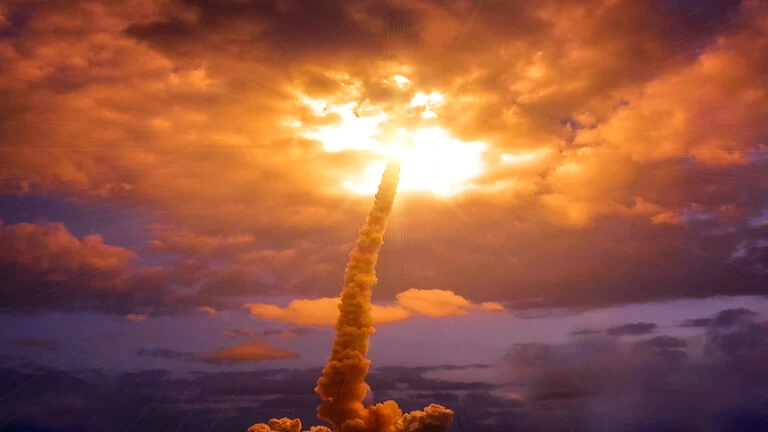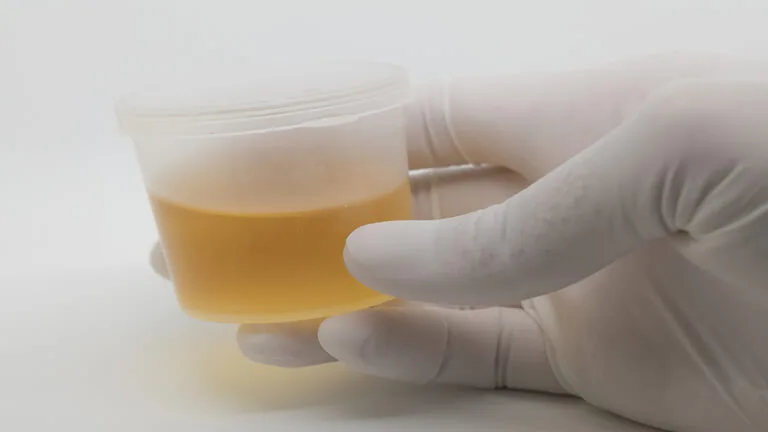Wherever they go, humans have a horrible tendency to leave their mark; the same was done in space by leaving behind a plethora of cool stuff and other things in space. Humanity has been passionately interested in learning the mysteries of the cosmos since the beginning of space flight. Nevertheless, the universe is incredible, and so is our species. In addition to discovering unusual natural beauties drifting through space, humanity has also left its distinctive imprint there.
Let us jump to the list of the top 5 five coolest things in space left by humans:

The Space Golf Balls

You might be incorrect if you attempted to determine what golf drive has ever been the furthest. The world’s longest golf drive was never discovered after being launched from the International Space Station, so we have yet to learn how far it travelled. Mikhail Tyurin, a Soviet cosmonaut, executed the shot in November 2006 for a Canadian golf supply company advertisement, Element 21. Given that his objective was the entire planet Earth, he also missed the shot.
Tyurin’s golf ball most certainly burned up during reentry a few days after it took flight, even with the missed shot. But there are still golf balls in that area. During an extravehicular activity (EVA) on the Moon, astronaut Alan Shepard also tossed a few balls, all of which were left behind when the crew returned to Earth. In Shepard’s words, one of the rounds travelled “miles and miles and miles.” Although not strictly a scientific measurement, we’ll put him down as Tyurin’s second-place finisher.

The Space SuitSat

Sergey Samburov, a Russian astronaut, had an idea: what if they converted an old space suit into a satellite? Recycling the parts of an old space suit was a good idea, considering each represents a multimillion-dollar investment. All they had to do was convert some worn-out cases into helpful spacecraft. The scientists on board the ISS had just that after turning on a few internal sensors and adding a radio. People all over the planet were prepared, antennae up, radios on, and ready to listen for its signal.
On 3rd February 2006, the ISS launched SuitSat, widely known as Mr Smith to Americans and Ivan Ivanovich to Russians, delivering greetings in five different languages for Earthlings to pick up. However, something went terrible three hours into his flight. His signal was lost to Earth listeners and the International Space Station. With Mr Smith, all contact had been lost. Although there is no clear way to determine what went wrong, NASA believes that the radio’s batteries may have frozen in the extreme temperatures of space.
The space suit most certainly burned up in Earth’s atmosphere a few weeks after its launch. Though it was just a satellite that was never meant to exist in the first place, it died quietly. SuitSat is remembered as an example of the effectiveness of spontaneous science and an explorer who set the way for succeeding SuitSats, despite losing it.

Tiny Art Museum In Space

Along with the Apollo 12 lunar lander, a top-secret mission launched in 1969. The plan was to establish the first extraterrestrial art museum by sending Andy Warhol’s and five other artists’ creations to the Moon. Historians believe this mission was successful since a chip 2 centimetres broad and still visible on the Moon contains these six sketches.
Even in and of itself, the Moon museum’s past is a mystery. One of the conspiratorial artists, Forrest “Frosty” Myers, came out six years ago after a similar chip was discovered in an online auction. Myers claims that a researcher named Fred Waldhauer made the artwork by reducing each work and imprinting it on a tiny ceramic chip. According to reports, Waldhauer knew a NASA engineer who could sneak the materials onboard the lunar lander. Although the engineer’s name is unclear, Myers sent historians a telegraph that might show the operation was successful. “You’re on. A-OK. All systems are gone.”, says the telegraph sent on the day of the Apollo 12 launch.
It’s a known fact that the chip reached the Moon; the vital question is, why? Richard Kupczyk, the foreman of the Apollo 12 launch pad, might know the answers. He freely acknowledged to USA Today that engineers frequently smuggled small objects onto the landers. Astronaut Neil Armstrong once observed, “Apollo was something bigger than life.” Kupczyk is adamant about the Moon museum’s success. “We were all involved in it. We wished to make a statement.
Despite having different histories, art and science have always progressed together. The Moon Museum shows that creativity on both fronts of the space race was and always will be human ingenuity.

The Space Hubcap

The first artificial satellite to orbit the Earth was Sputnik 1, launched in October 1957, according to NASA. Anyone interested in space legends would be happy to share the tale of the Space Hubcap.
Two months before Sputnik’s launch, the US conducted several tests to determine whether underground nuclear weapon storage was feasible. The safety safeguards to contain one such test on 27th August 1957 did not quite go as intended. The intensity of the explosion vaporised the concrete above it in what should have been a controlled detonation and blasted through a small 150-metre tunnel. The tiny steel lid sealing the shaft was the only thing left between the bomb and freedom. At six times the speed required to escape Earth’s gravity, it took off into the air, never to be seen again.
Whether the so-called “Space Hubcap” entered space is a matter of discussion. On the one hand, the first estimates of the cap’s speed ignored crucial elements like gravity and air resistance. They measured the power with which it was struck. Bob Brownlee, who performed such computations, has raised doubts over the validity of his findings. Some people think the Space Hubcap burned up when it sliced through the atmosphere of Earth. We can only know what ultimately happened with precise information on the explosion’s force, the cap’s weight, and the steel’s strength.
This tiny metal lid thing might still be in space and travelling right now. It is doable. In either case, Space Hubcap will be remembered as a trailblazer for the age of discovery.

Urine In The Space

You might have wondered how astronauts relieve themselves in space. The debate over this issue has consumed many NASA scientists’ time and resources. The solution is a $50,000 toilet with suction and an airlock that launches faeces into space. While more recent models use sophisticated filtering systems to transform pee into drinkable water. But most earlier models just threw the waste overboard, as was the custom in sailing.
The process of “simply throwing it overboard” in space is considerably more difficult. Astronauts must undergo extensive training to use the $30 million vacuum that expels garbage from orbit. But once they’re there, the experience is one to cherish. The sight of urine drops freezing in space, and peeing upside down were two of the mission’s most spectacular moments, according to Apollo 17 commander Eugene Cernan and a crewmate. Even the most fundamental human functions can be altered entirely in space.
More Related Article: Top 5 Five List Of Common Misconceptions About People
